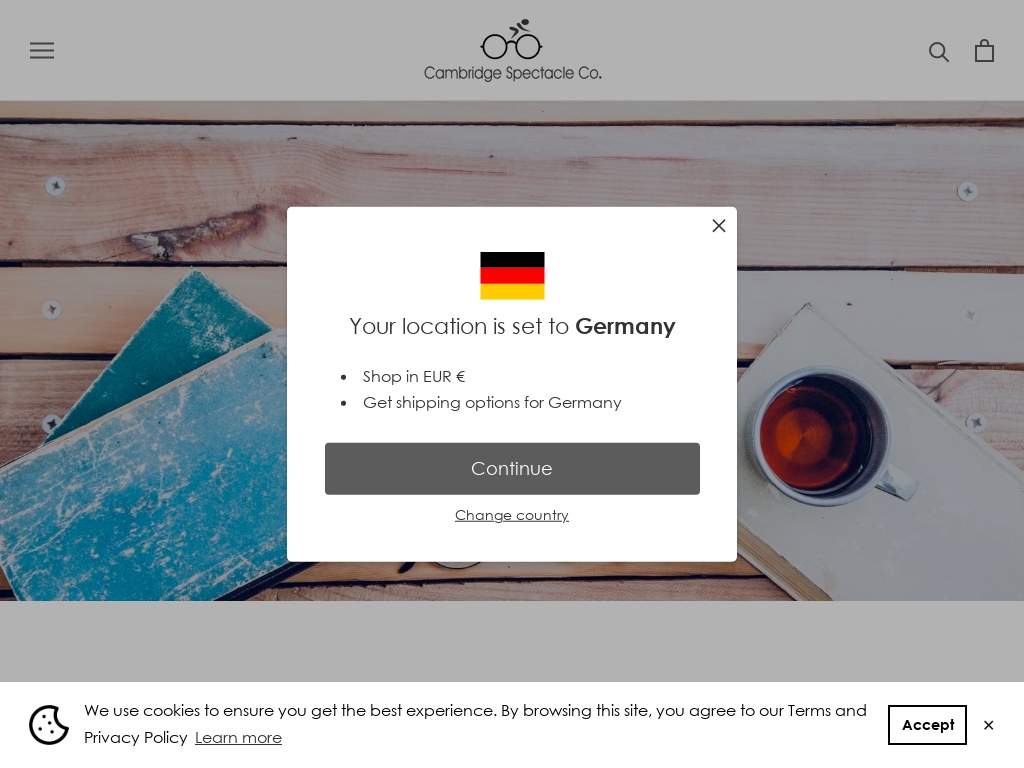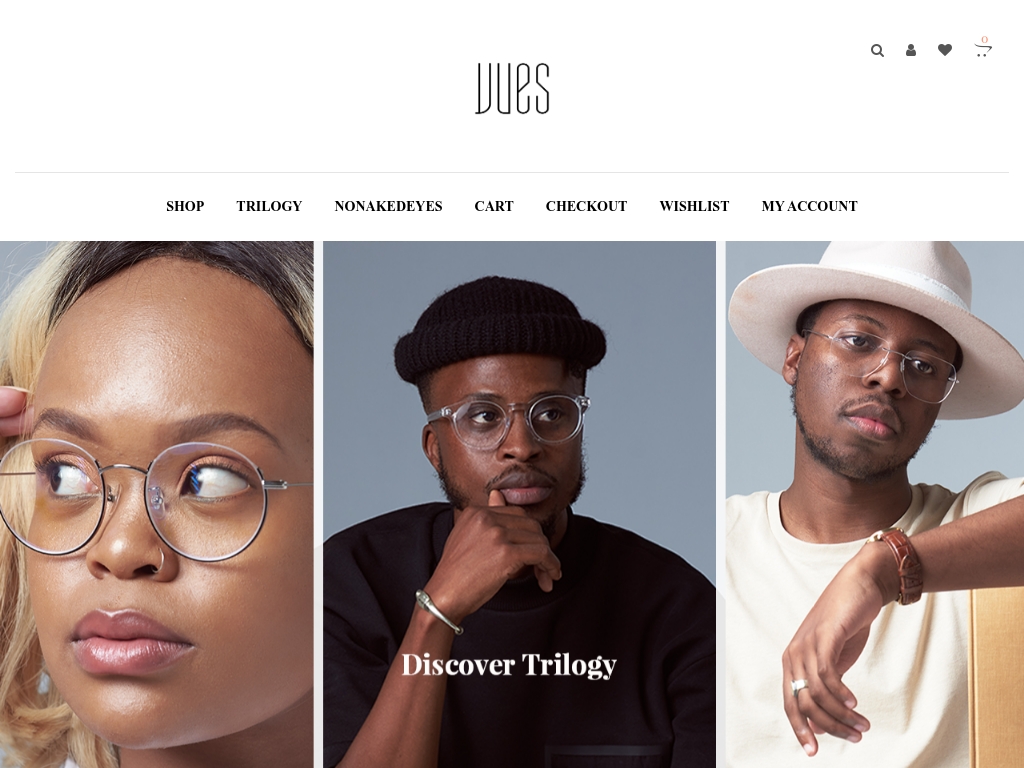
2 Eye Wear Business Success Stories [2025]
Starting an eyewear business offers an intriguing balance of fashion and functionality. At its core, this venture involves designing, producing, and selling various types of eyeglasses, from fashion-forward spectacles to essential prescription lenses.
This business taps into a market that combines necessity with lifestyle choices. People need eyewear for vision correction, but they also seek styles that complement their daily looks. With growing trends in customization and digital-first shopping experiences, there's ample room to innovate and capture attention.
Getting started involves partnering with manufacturers, understanding the latest fashion trends, and developing a strong brand identity. Marketing should focus on visual appeal, leveraging social media for visibility. Additionally, having a robust online store platform is crucial to reaching a wider audience.
If you're passionate about eyewear, design, and direct-to-consumer brands, this business can be as rewarding as it is demanding.
In this list, you'll find real-world eye wear business success stories and very profitable examples of starting a eye wear business that makes money.
1. Cambridge Spectacle Co. ($1.2M/year)
After working as an Optometrist and becoming inspired by the success of Warby Parker in the US, Ahmed Ejaz decided to start his own eyewear brand in the UK. He teamed up with former John Lewis Group CEO Andy Street and drew inspiration from the city of Cambridge to create high-quality glasses at fair prices. The brand quickly gained popularity and secured a deal with ASDA Opticians, leading to rapid sales and the need to fortify their supply chain.
How much money it makes: $1.2M/year
How much did it cost to start: $25K
How many people on the team: 7


Cambridge Spectacle Co produces high-quality glasses sold directly to consumers and through ASDA Opticians, with demand leading to plans for flagship retail locations to be opened in the future, supported by friendly marketing and various tools including Monday.com, Google Workspace, and Whatsapp.




2. VUES ($40.2K/year)
Jaxx, the founder of VUES, came up with the idea for his e-commerce eyewear retailer after noticing a lack of innovation in the eyewear industry. Despite his lack of expertise in the area, Jaxx saw an opportunity to offer unique, striking designs that cater to daring individuals. By leveraging online platforms and offering customized services, VUES has been able to capture the attention of the South African eyewear market and achieve impressive growth.
How much money it makes: $40.2K/year
How much did it cost to start: $1K
How many people on the team: 4


VUES, an African e-commerce eyewear retailer that primarily operates in South Africa, has grown its customer base ratio to 1:7361 compared to the private Optometrist’s customer base ratio of 1:4500, through its organic online community-building strategy, and plans to pivot to a more technologically-inclined product.





Download the report and join our email newsletter packed with business ideas and money-making opportunities, backed by real-life case studies.

Download the report and join our email newsletter packed with business ideas and money-making opportunities, backed by real-life case studies.

Download the report and join our email newsletter packed with business ideas and money-making opportunities, backed by real-life case studies.

Download the report and join our email newsletter packed with business ideas and money-making opportunities, backed by real-life case studies.

Download the report and join our email newsletter packed with business ideas and money-making opportunities, backed by real-life case studies.

Download the report and join our email newsletter packed with business ideas and money-making opportunities, backed by real-life case studies.

Download the report and join our email newsletter packed with business ideas and money-making opportunities, backed by real-life case studies.

Download the report and join our email newsletter packed with business ideas and money-making opportunities, backed by real-life case studies.













